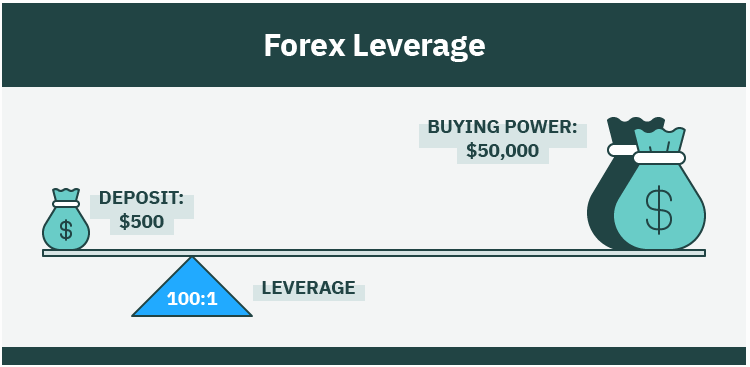How to Use Leverage and Margin Safely in Forex Trading
Forex trading offers traders the ability to use leverage and margin to amplify their trading positions. While these tools can enhance profits, they also carry significant risks. Understanding how to use leverage and margin safely is crucial for long-term success in forex trading. In this guide, we will cover what leverage and margin are, their benefits and risks, and key strategies for managing them responsibly.
Understanding Leverage and Margin
What is Leverage?
Leverage allows traders to control larger positions in the forex market with a relatively small amount of capital. It is expressed as a ratio, such as 50:1 or 100:1, meaning that for every $1 of capital, a trader can control $50 or $100 worth of currency.
What is Margin?
Margin is the amount of money required to open and maintain a leveraged trading position. It acts as collateral to cover potential losses. Brokers typically set margin requirements, which determine how much capital traders must deposit to enter a trade.
The Benefits and Risks of Leverage
Benefits:
- Increased Profit Potential: Leverage allows traders to control large positions with a small investment, which can lead to substantial profits if the trade moves in the trader’s favor.
- Greater Market Exposure: Traders can access bigger trades and diversify their positions more efficiently.
- Flexible Trading Opportunities: With proper risk management, leverage enables traders to take advantage of market opportunities without committing large capital amounts.
Risks:
- Amplified Losses: Just as leverage magnifies profits, it also magnifies losses. A small market move against your position can quickly deplete your trading account.
- Margin Calls: If a trade goes against you and your account balance falls below the required margin level, your broker may issue a margin call, requiring you to deposit more funds or close positions.
- Emotional Stress: Highly leveraged trades can create significant emotional pressure, leading to poor decision-making and impulsive trading.
How to Use Leverage and Margin Safely
1. Choose the Right Leverage Ratio
Many brokers offer leverage up to 500:1, but high leverage is risky. Beginners should start with lower leverage (e.g., 10:1 or 20:1) to manage risk effectively.
2. Use Stop-Loss Orders
A stop-loss order automatically closes a trade when it reaches a predefined loss level, helping to prevent excessive losses and protect your capital.
3. Maintain a Healthy Margin Level
Avoid over-leveraging by keeping levels well above the minimum requirement. A margin level above 100% ensures that you have sufficient funds to maintain open positions.
4. Implement Proper Risk Management
Never risk more than 1-2% of your account balance on a single trade. This ensures that even a series of losses won’t wipe out your capital.
5. Monitor Market Conditions
Volatile markets can lead to rapid price swings, increasing the risk of margin calls. Stay informed about economic events, news, and trends that may impact currency prices.
6. Practice with a Demo Account
Before using real money, practice trading with a demo account to understand how leverage works in real-time market conditions.
Conclusion
Leverage are powerful tool in forex trading, but it must be used wisely. By choosing a reasonable leverage ratio, employing strict risk management, and staying informed about market conditions, traders can harness the benefits of leverage while minimizing the risks. Always trade responsibly and ensure you have a solid risk management strategy in place to protect your capital and grow as a successful forex trader.



